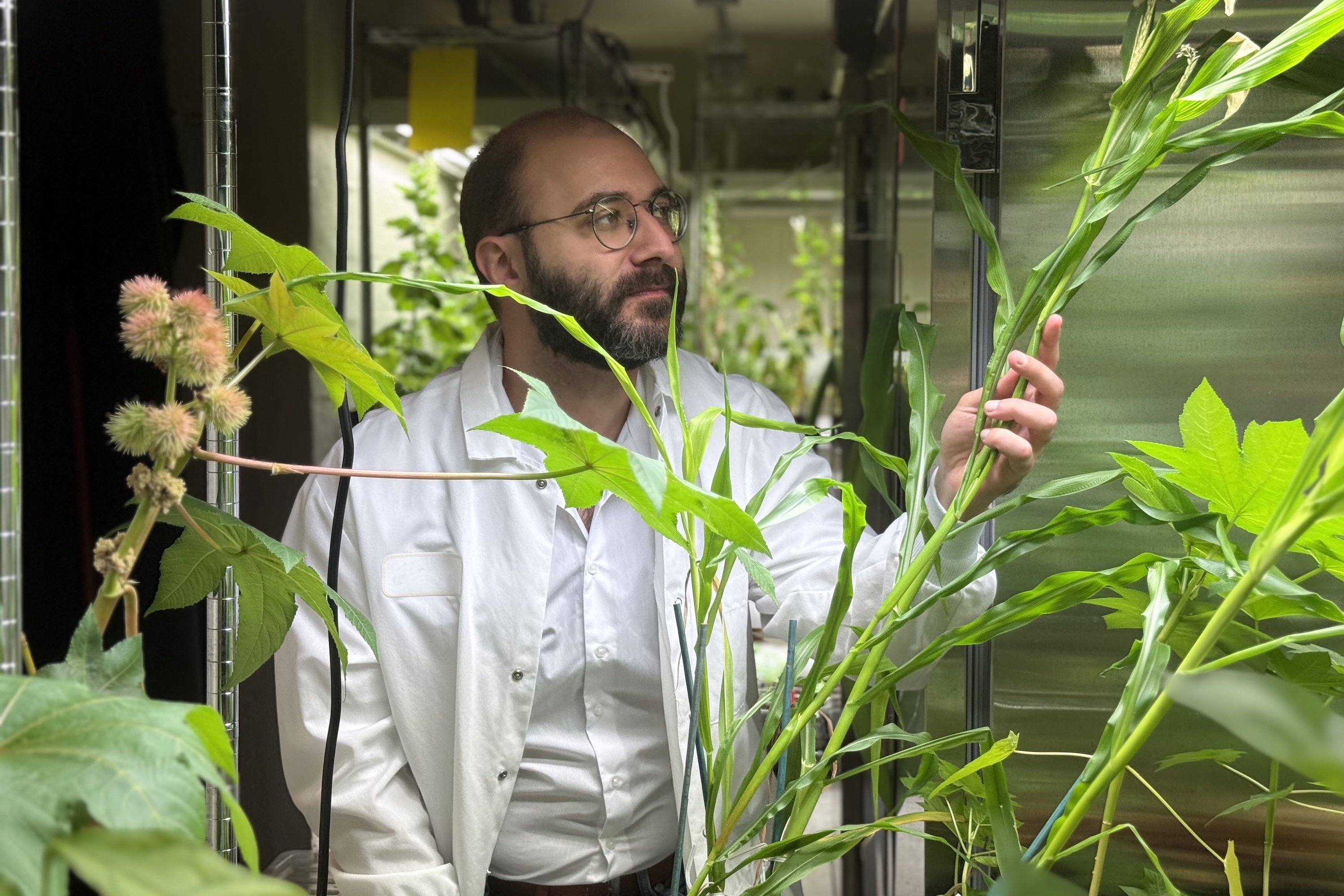Key insights
-
1
Innovative Seed Coatings
Rizzo's fertilizers use natural materials to enhance plant resilience.
-
2
Environmental Impact Reduction
The project aims to lessen agriculture's ecological footprint.
-
3
Kavanaugh Fellowship Support
The fellowship provides resources for commercializing research.
Takeaways
Rizzo's work at MIT represents a significant step towards sustainable agriculture, potentially transforming farming practices and promoting environmental health.

